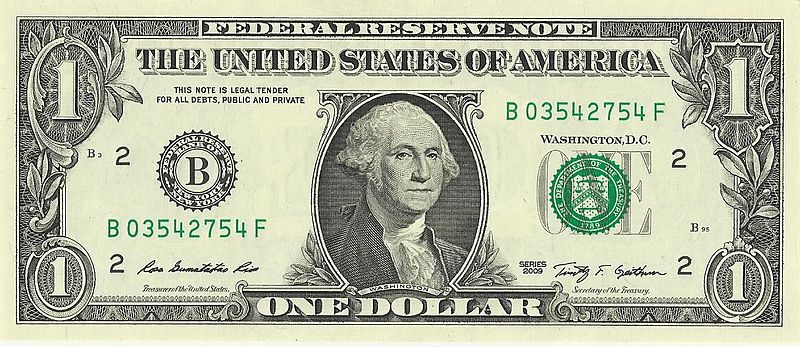The Moneymaker

It makes very little sense to counterfeit a one dollar bill. The cost of obtaining the paper, striking suitable minting plates, and sourcing the ink is just too large to warrant the payout. There are cheaper ways, but in most cases, they aren’t cheap enough to warrant the creation of fake ones. And regardless, walking into the Apple Store to buy an iPad Mini with a few hundred singles (counterfeit or otherwise) is certain to garner you attention — exactly the opposite of what you’d want in that situation. The most commonly counterfeited American notes are the $20 and $100 bill.
But if you aren’t particularly greedy and are just counterfeiting for counterfeiting’s sake? In the 1930s, a Manhattan man fit that profile, making homemade $1 notes — and leading investigators on a manhunt which lasted nearly a decade.
In November of 1938, a crude, clearly fake dollar turned up at a bank when a shopkeeper went to make his daily deposit. As the New York Daily News recounted, the bill should have never been accepted in the first place. It wasn’t made with the right type of paper. There was a solid black mark where George Washington’s left eye should have been. The writing was uneven and bordering on illegible. But the shopkeeper accepted the “currency” — the Daily News suggests that he simply did not look all that carefully. The bank reported the fake note to the Secret Service (their original purpose was to prevent the flow of counterfeit money) and the Secret Service opened up a file, number 880. Whether the Secret Service thought anything of the slipshod attempt to fake out a store owner is unknown — but soon, “Mister 880” as he’d become known, was most certainly on the agency’s radar. More fakes of the same type began appearing throughout the area.
Over the next ten years, Mister 880’s fakes threw the Secret Service for a loop. He only used one at a time and, unlike most counterfeiters, rarely if ever returned to where he had used one. The counterfeits were still terrible, though — at one point, he misspelled “Washington” (he switched the “s” and “h”) — and appeared to be made on a hand-run printing press. Tracking down a low-tech counterfeiter seemed easy but was anything but, as Mister 880 left virtually no trail except that he was, generally, somewhere in uptown Manhattan. But so were a million or so other people.
In 1947, though, fate stepped in. Fire struck the apartment of a 72-year-old widower named Emerich Juettner (better known in the neighborhood as Edward Mueller), destroying almost everything. The charred remains were dumped in an alley and left as trash, but they just sat there for weeks. In January of 1948, nearly ten years after Mister 880’s first bill appeared, some area youths went through the garbage looking for valuables and discovered some funny money and a pair of engraving plates. The boys’ parents alerted authorities, and Mister 880’s true identity was discovered.
Muller was an interesting kind of criminal. A junk collector by trade, he’d tell the court that he lived modestly but printed his own money on occasion simply to make ends meet — and typically, only to buy himself or his dog something to eat. In total, he minted only about $5,000 of fake money, buttressing this claim. The court sentenced him to one year and one day in prison, and he was out on parole in four months.
In 1950, 20th Century Fox made a movie about Juettner titled “Mister 880.” As the New York Sun reported, “Juettner made more money from the film than he had as a counterfeiter.”
Bonus fact: If you’re passed a counterfeit bill in the United States, the Department of the Treasury asks, among other things, that you report it to the Secret Service and not return it to the person who gave it to you, but rather to officials. The bad news? Treasury.gov spells it out: “There is no financial remuneration for the return of the counterfeit bill, but it is doing the ‘right thing’ to help combat counterfeiting.” (Sorry!)
From the Archives: Paper Trail: A creepy-slash-neat way that the Secret Service works with some printer manufacturers to prevent counterfeiting. And the bonus fact is arguably cooler.
Related: A 100 pack of $1 million bills. Buy ten, become a fake billionaire!
